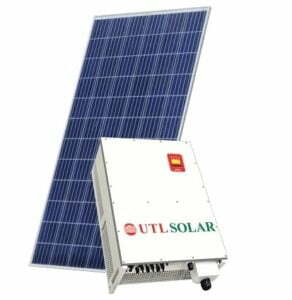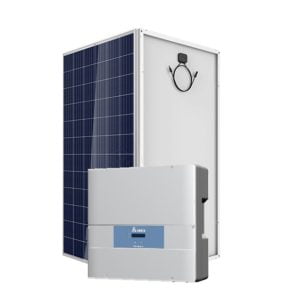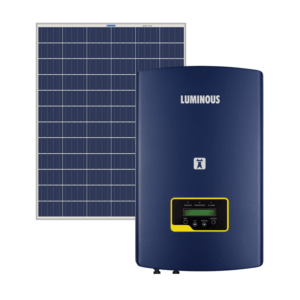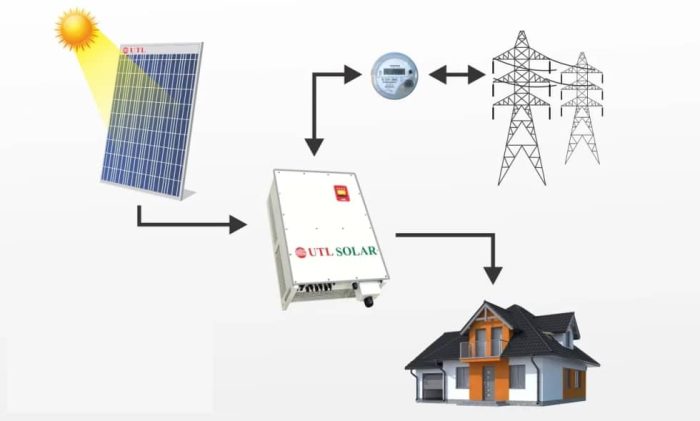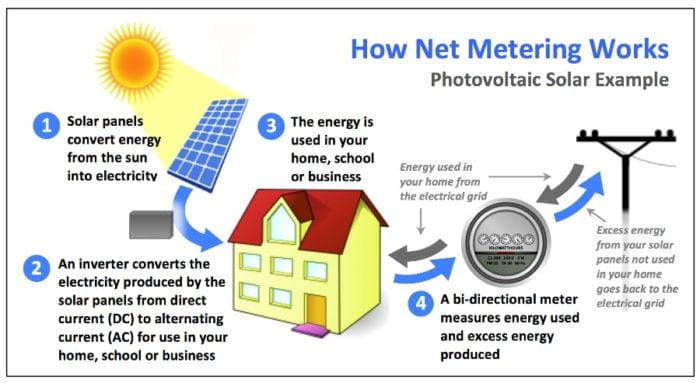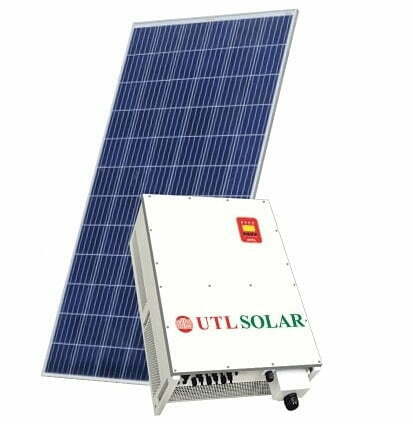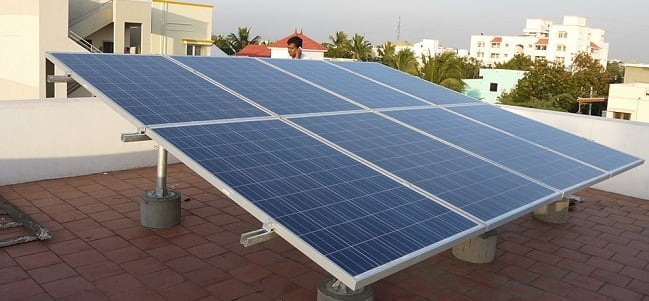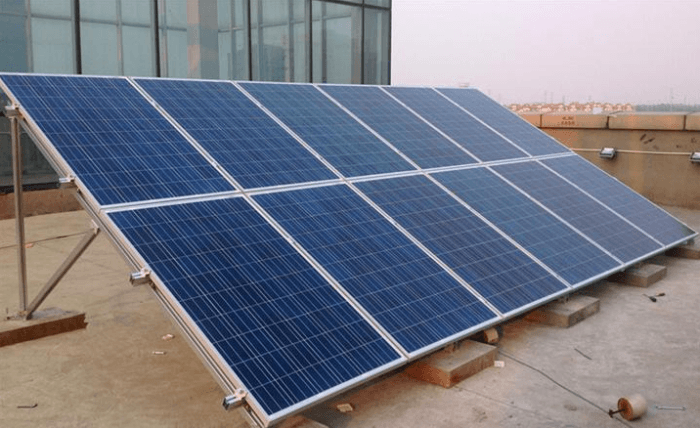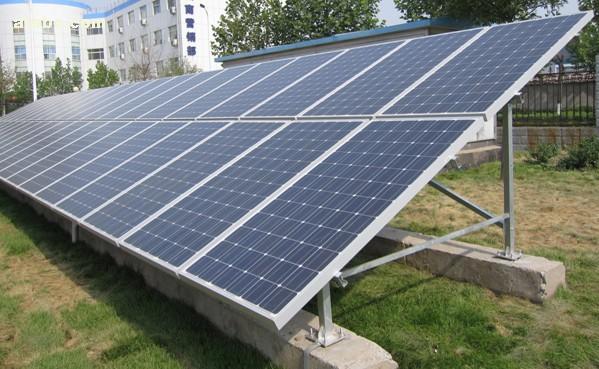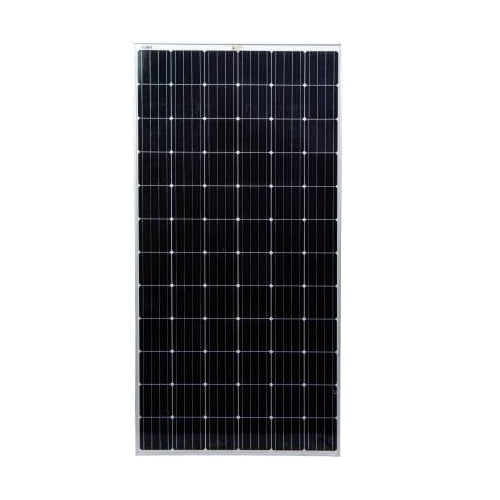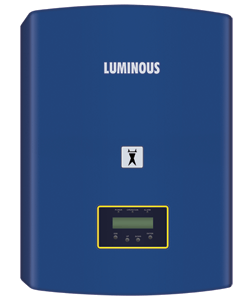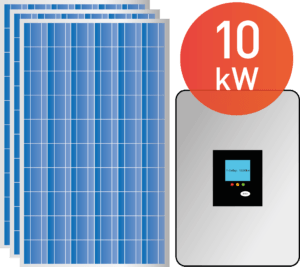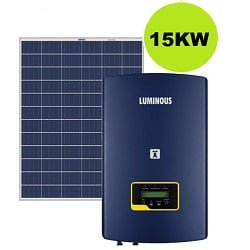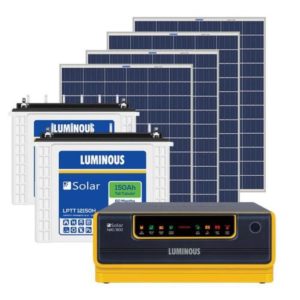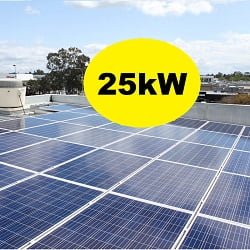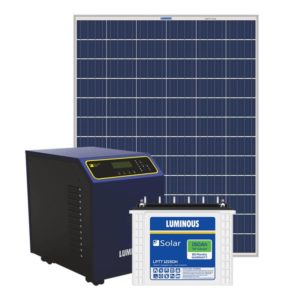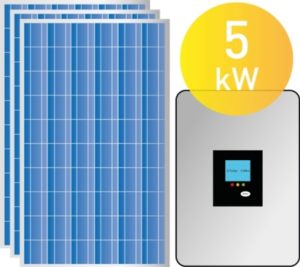
In this solar system, solar panels will generate the DC electricity by absorbing sunlight and the solar inverter will convert the same DC electricity into AC electricity which can then be used directly at home or business.
If the system will produce more power than is being consumed, the surplus is fed into the main electrical grid via solar net metering. At the time of electricity billing government or power provider company will adjust the exported units in your electricity bill.
There are various capacites of on-grid solar system available in the market. Therefore, you must read the complete below given information so that you can choose the best capacity that meets your power requirements.

